In the Aosta Valley, the centuries have left a deep mark on the landscape: monuments from the Roman imperial era, churches and medieval fortifications. Cultural heritage also includes local traditions and rural architecture.
Browse
Weather forecast
Meteo
Wednesday 17 December
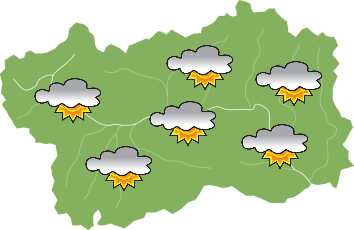
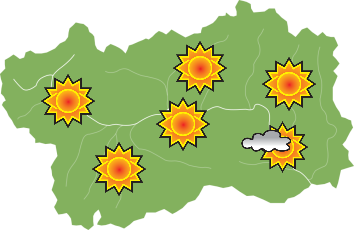
Thursday 18 December
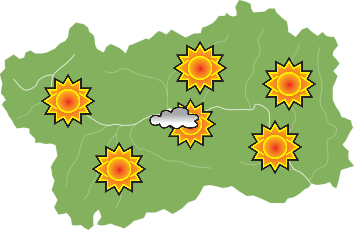

Friday 19 December


Book your Holiday
-6669.jpg?v=638266682850000000)
Traces of Roman times: imperial beauty
Five centuries of Roman civilisation have left impressive signs in the Aosta Valley: the ‘Via delle Gallie’ consular road of which many traces remain; the Pondel aqueduct-bridge; and above all Aosta, the imperial town and a gateway to the Alps. The layout of the Roman town can still be identified in its main features, the city walls and the most important buildings of Aosta.
-0196.jpg?v=638266682850000000)
Medieval castles, towers and strongholds
The Aosta Valley was already an essential throughway to the Alpine passes in antiquity. In the Middle Ages it was easy to appropriate the land outside the built-up centres in order to raise yourself to the rank of lords and collect tolls. This is how the first fortified settlements were built, and over time castles, towers and strongholds became a distinctive element in the Aosta Valley landscape.
-0235.jpg?v=638266749640000000)
Churches and sanctuaries
Churches, sanctuaries, chapels, crosses... along the Via Francigena, but also along less famous routes, the profile of the bell towers stands out against the backdrop of the mountains.
-6722.jpg?v=638266749640000000)
Tradition
The wood and stone of rural architecture and many other expressions of intangible cultural heritage tell of a territory where traditions are alive and authentic.



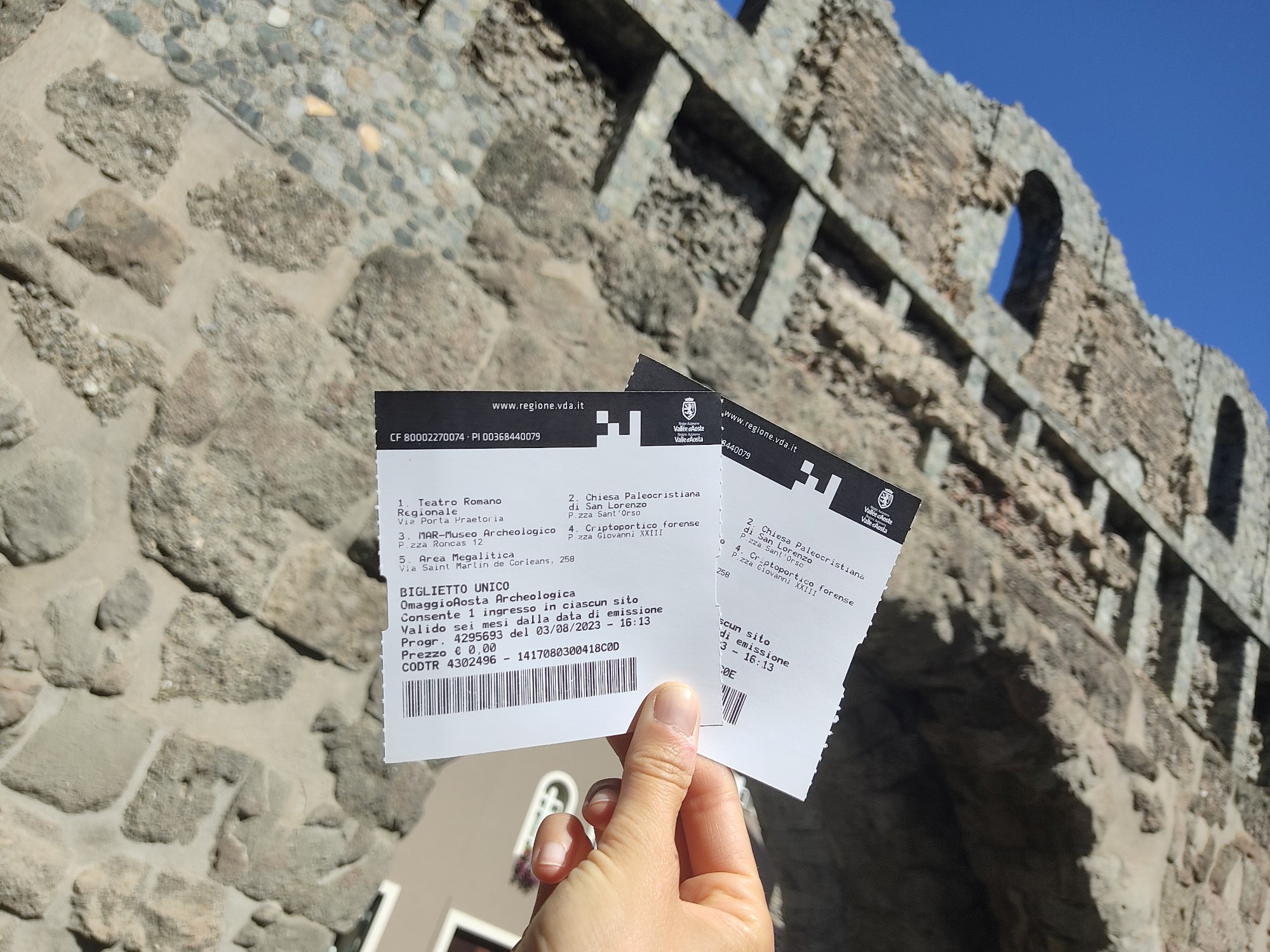
-9424%20(1).jpg?v=638267413400000000)
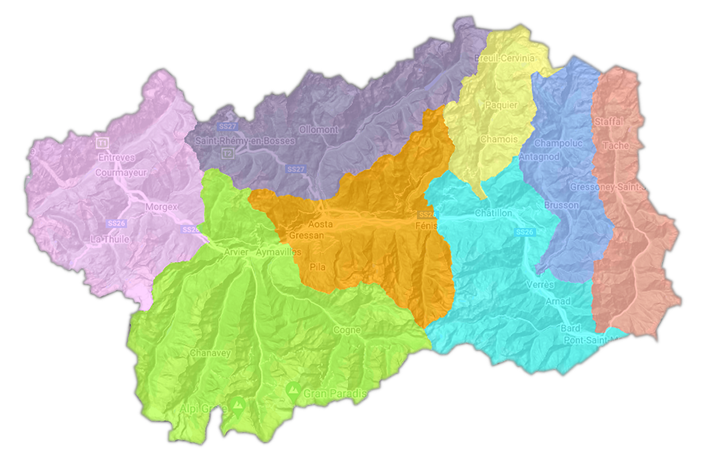

-4428.jpg?v=638266749650000000)
-0023.jpg?v=638266749650000000)
-787.jpg?v=638267413400000000)